‘Hidden’ stars including a new type of elderly giant nicknamed an ‘old smoker’ have been spotted for the first time by astronomers.
Tag: Space Research
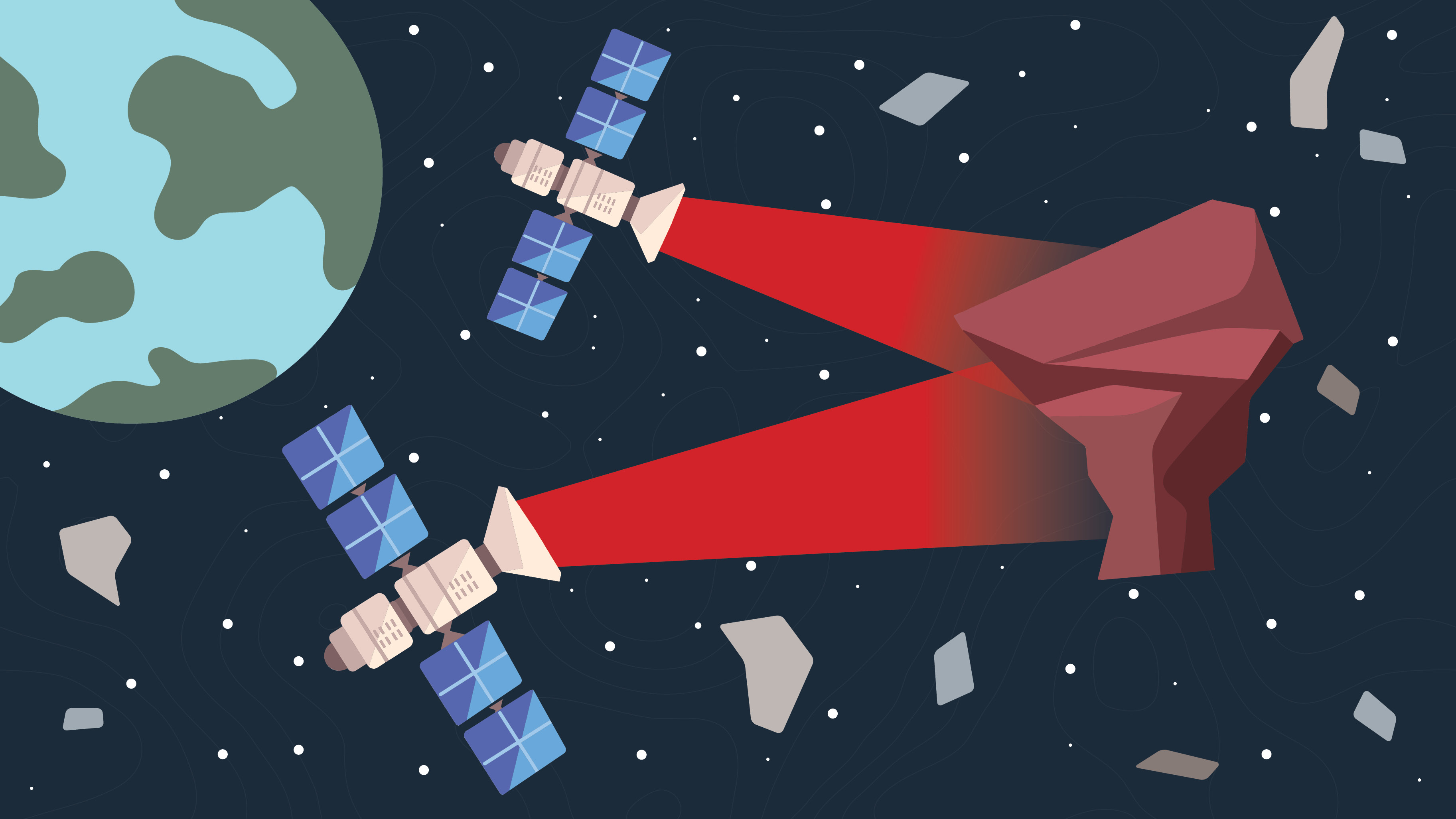
Engineer developing laser system to defend space assets from debris in Earth’s orbit
If West Virginia University research pays off, debris that litters the planet’s orbit and poses a threat to spacecraft and satellites could get nudged off potential collision courses by a coordinated network of space lasers.
Found: a likely volcano-covered terrestrial world outside the Solar System
A large international team led by astronomers at the Trottier Institute for Research on Exoplanets at Université de Montréal (UdeM) today announced in the journal Nature the discovery of a new temperate world around a nearby small star.
Sampling for sustainability in outer space
An international project led by Kyoto University tested and confirmed the high wood durability of space wood at the International Space Station — the ISS. The experiment results showed minimal deterioration and good stability of the samples selected for the wooden artificial satellite LignoSat.
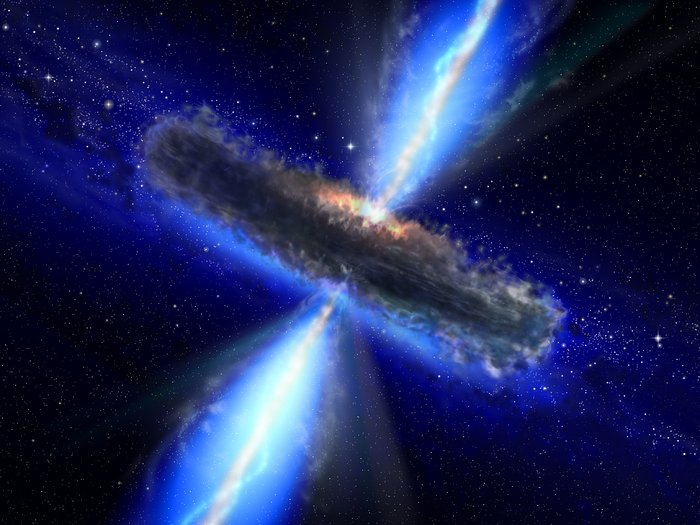
Hidden supermassive black holes brought to life by galaxies on collision course
Astronomers have found that supermassive black holes obscured by dust are more likely to grow and release tremendous amounts of energy when they are inside galaxies that are expected to collide with a neighbouring galaxy.
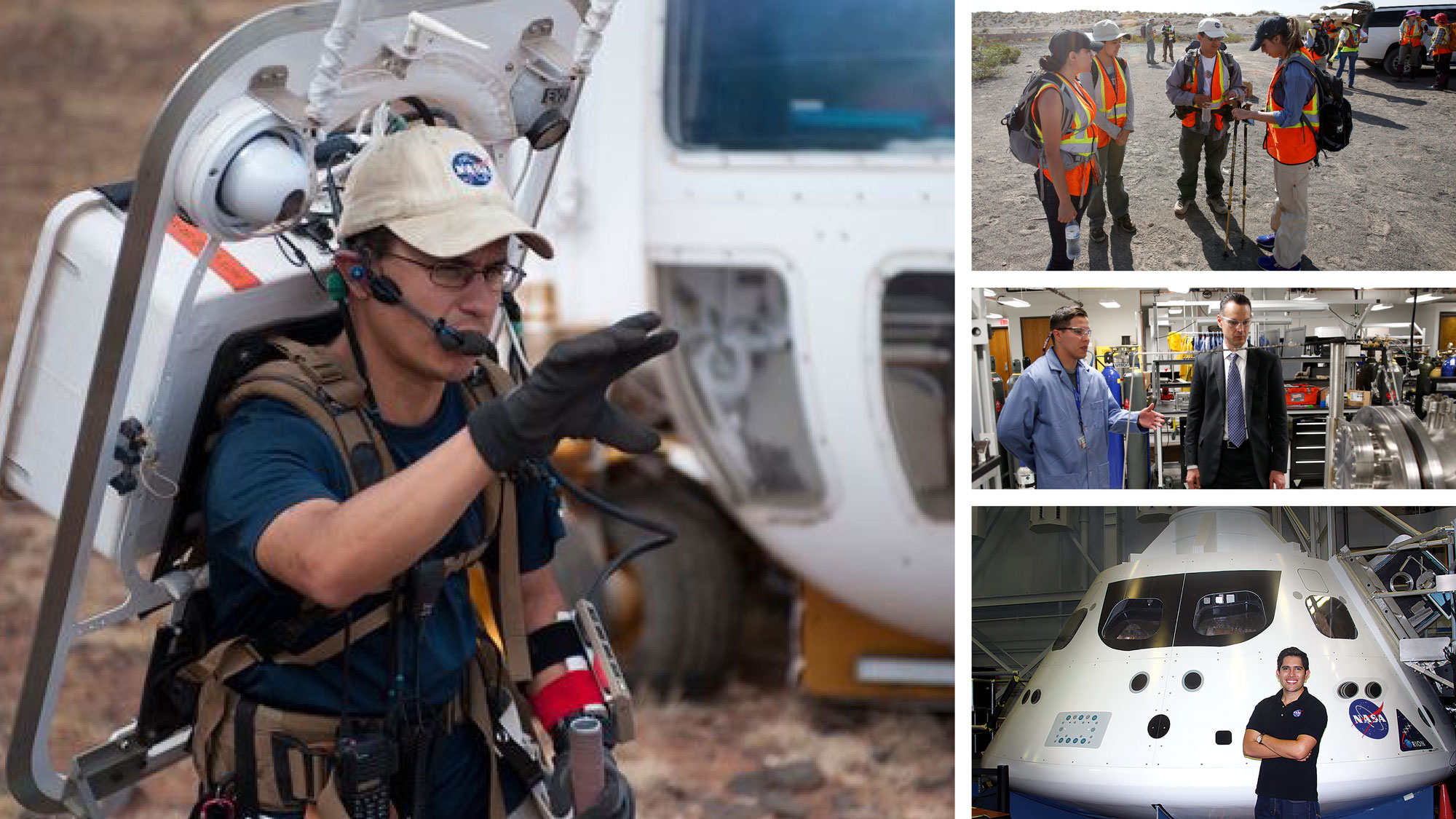
UTEP Awarded Numerous Grants to Support NASA Space Research
Researchers at The University of Texas at El Paso will help build a robotic device for welding in space, prepare astronauts for a mission to the Moon and more, thanks to a slew of new grants from NASA.
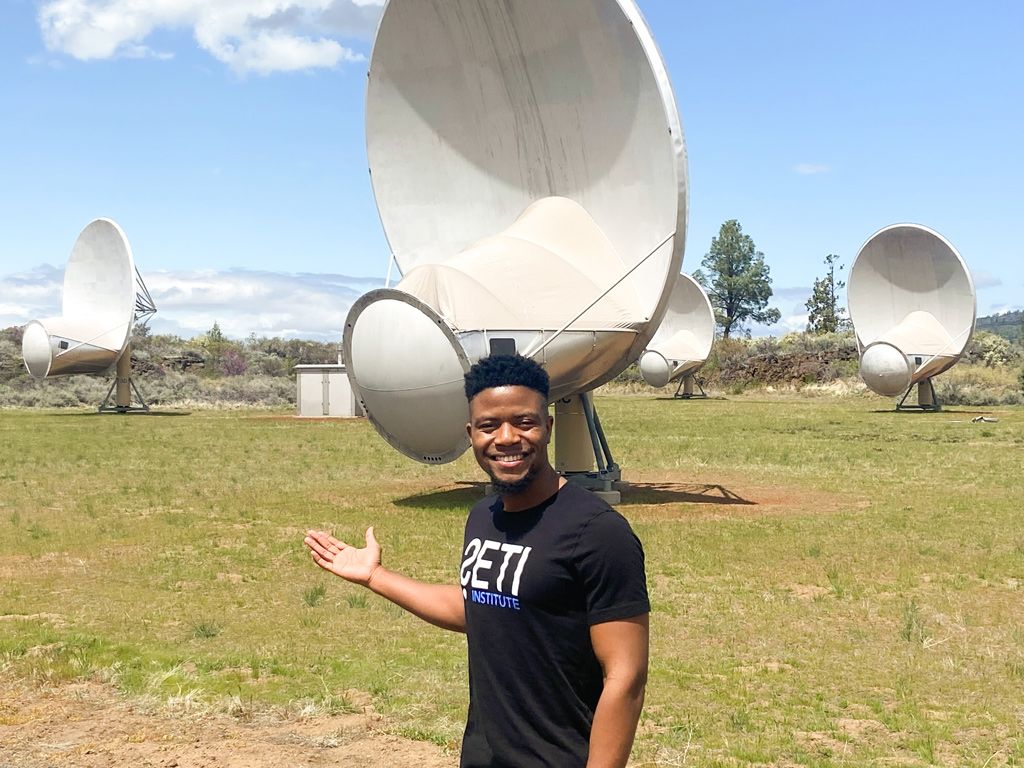
Can ET detect us?
A team of researchers from Mauritius and Manchester University has used crowd-sourced data to simulate radio leakage from mobile towers and predict what an alien civilization might detect from various nearby stars, including Barnard’s star, six light years away from Earth.
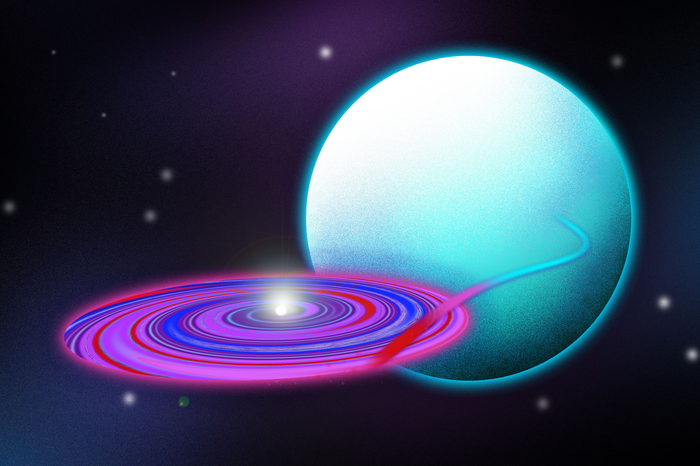
Scientists map gusty winds in a far-off neutron star system
An accretion disk is a colossal whirlpool of gas and dust that gathers around a black hole or a neutron star like cotton candy as it pulls in material from a nearby star. As the disk spins, it whips up powerful winds that push and pull on the sprawling, rotating plasma. An accretion disk is a colossal whirlpool of gas and dust that gathers around a black hole or a neutron star like cotton candy as it pulls in material from a nearby star. As the disk spins, it whips up powerful winds that push and pull on the sprawling, rotating plasma.
A new measurement could change our understanding of the Universe
The Universe is expanding – but how fast exactly? The answer appears to depend on whether you estimate the cosmic expansion rate – referred to as the Hubble’s constant, or H0 – based on the echo of the Big Bang (the cosmic microwave background, or CMB) or you measure H0 directly based on today’s stars and galaxies.
UTEP Joins Project to 3D Print Batteries from Lunar and Martian Soil
The University of Texas at El Paso has joined a project led by NASA to leverage 3D-printing processes with the aim of manufacturing rechargeable batteries using lunar and Martian regolith.
Astrophysics: Scientists observe high-speed star formation
Gas clouds in the Cygnus X Region, a region where stars form, are composed of a dense core of molecular hydrogen (H2) and an atomic shell. These ensembles of clouds interact with each other dynamically in order to quickly form new stars.
Researchers locate largest known fresh meteorite strikes on Mars
Curtin University researchers have helped discover the largest fresh meteorite impact craters on Mars since NASA’s Mars Reconnaissance Orbiter began scouring the planet for them 16 years ago, one of which contained ice at the lowest altitude ever observed.
Red Alert: massive stars sound warning they are about to go supernova
Astronomers from Liverpool John Moores University and the University of Montpellier have devised an ‘early warning’ system to sound the alert when a massive star is about to end its life in a supernova explosion.
WVU scientist says NASA’s Webb Telescope will boost space research at University, Green Bank Observatory
The first photos from NASA’s James Webb Space Telescope have given researchers the deepest and clearest infrared look into space to date. West Virginia University researcher Maura McLaughlin, distinguished professor of physics and astronomy at the Eberly College of Arts…
Shedding Light on Comet Chury’s Unexpected Chemical Complexity
Comets are fossils from the ancient times and from the depths of our Solar System, and they are relics from the formation of the sun, planets, and moons.
Solar energy is superior to nuclear for powering crewed mission to Mars, show scientists
No other planet in our solar system has sparked the human imagination more than Mars.
Researchers use muonic x-rays to find elemental makeup of samples without damaging them
By combining technologies originally designed for high-energy particle accelerators and astronomy observations, researchers can now for the first time analyze the elemental makeup of samples without damaging them, which could be useful for researchers working in other fields such as archaeology, reports a new study in Scientific Reports.
Pushing the boundaries of space exploration with X-ray polarimetry
The secrets hiding in the vast expanse of outer space have intrigued humankind for ages.
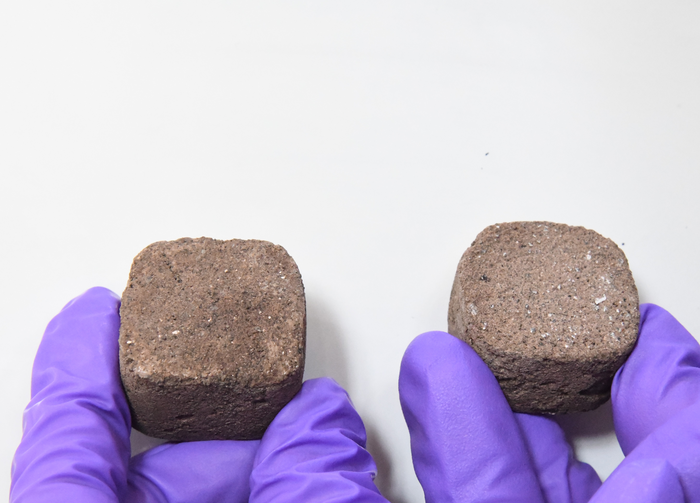
Using bacteria to build settlements on Mars
In collaboration with the Indian Space Research Organisation (ISRO), a team of researchers from the Indian Institute of Science (IISc) has developed a sustainable method for making bricks out of Martian soil, using bacteria and urea.
New class of habitable exoplanets represent a big step forward in the search for life
A new class of exoplanet very different to our own, but which could support life, has been identified by astronomers, which could greatly accelerate the search for life outside our Solar System.